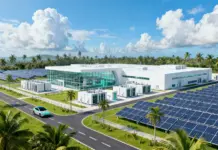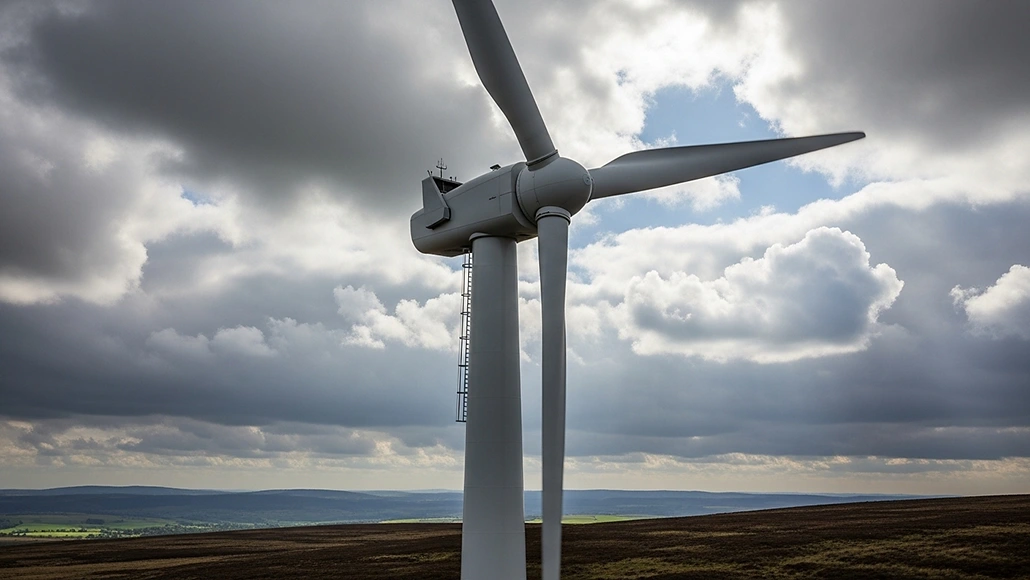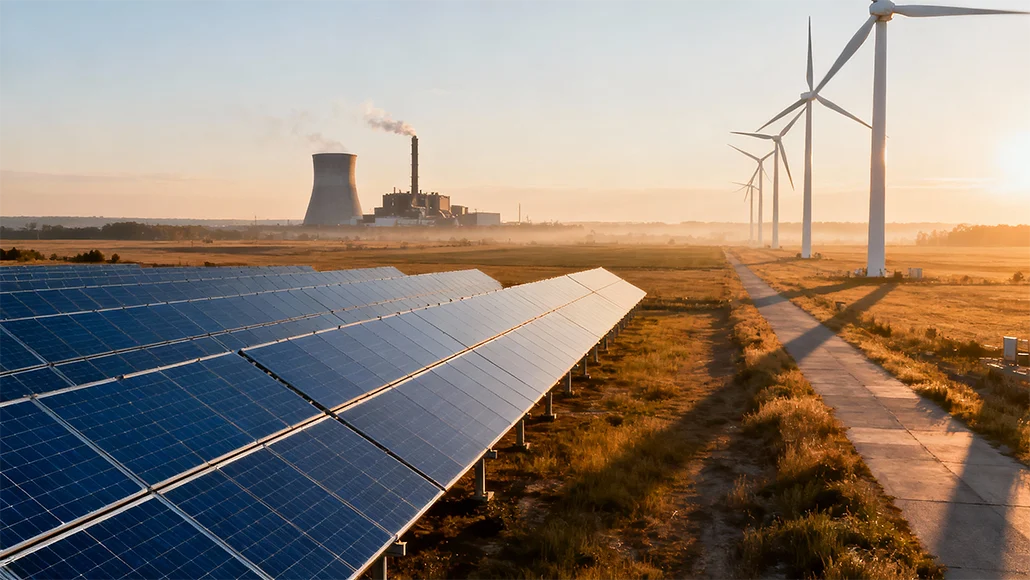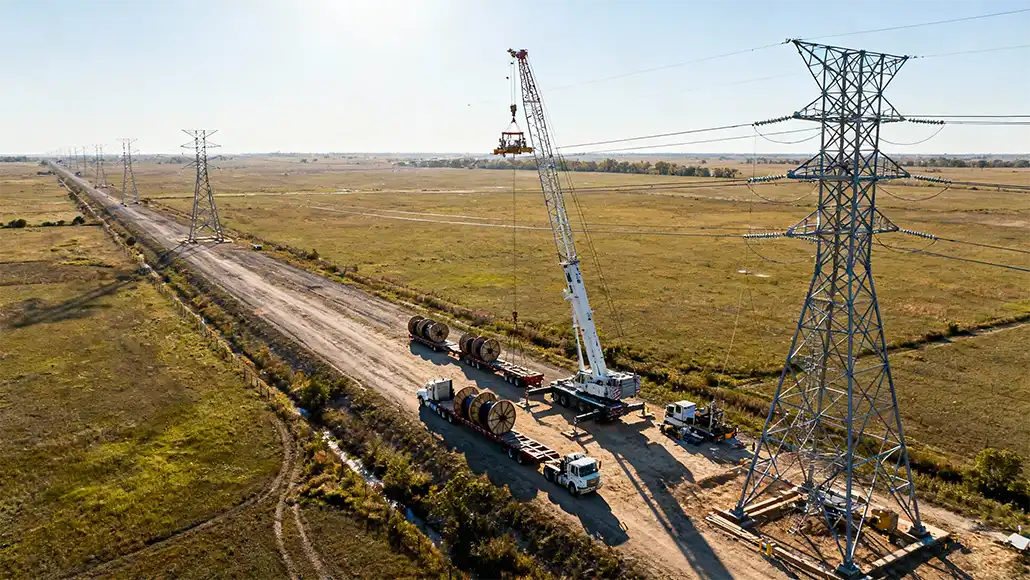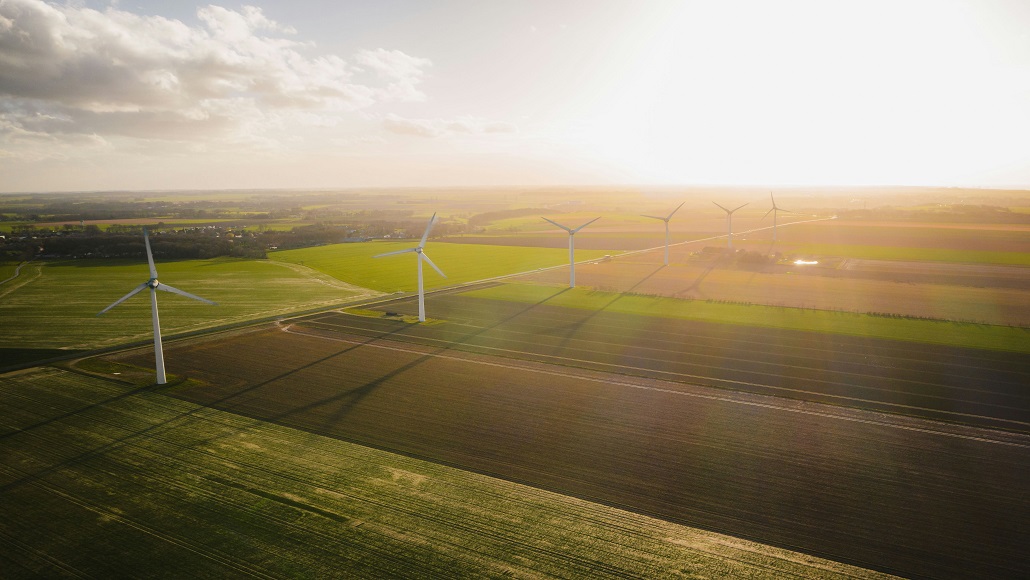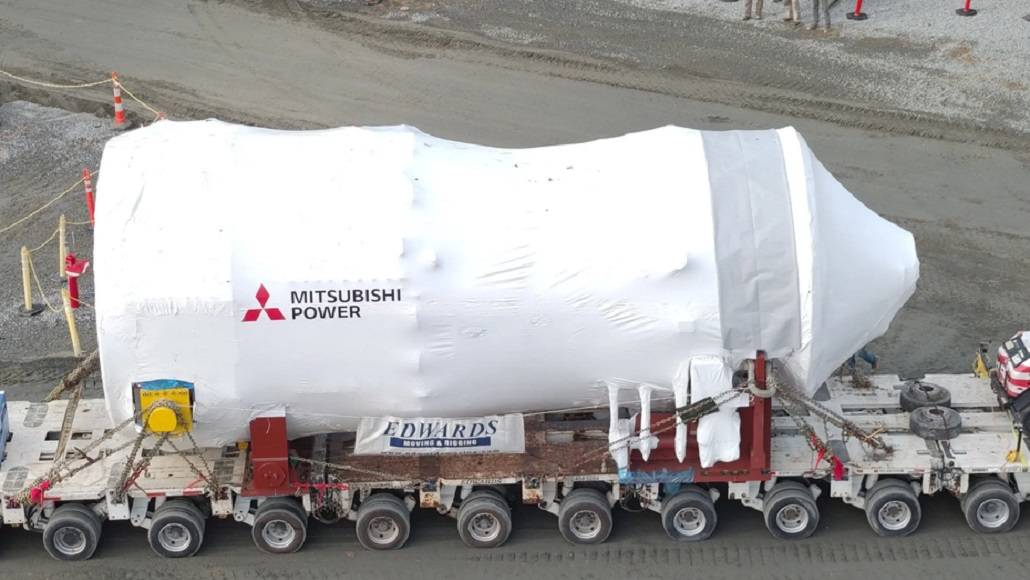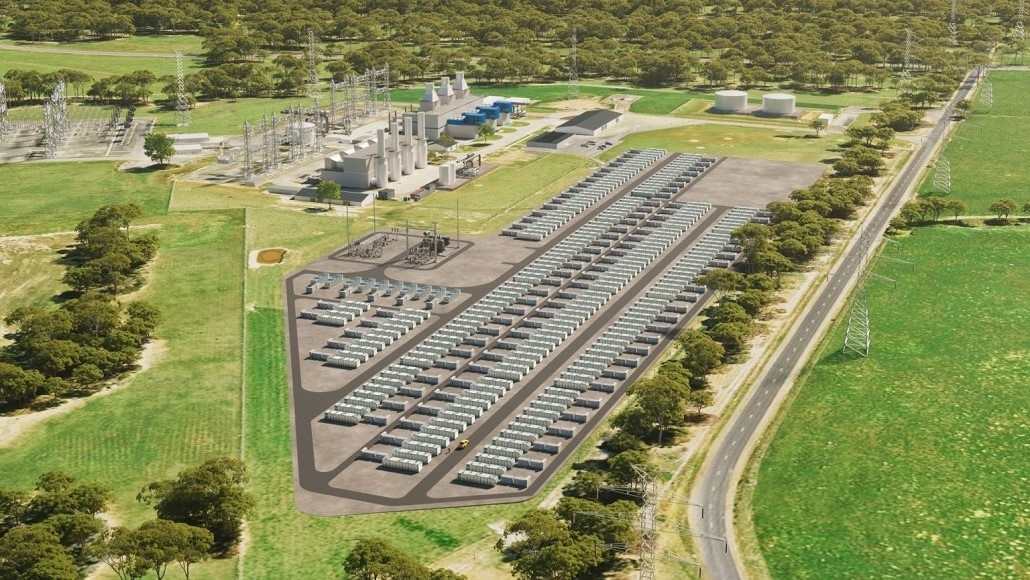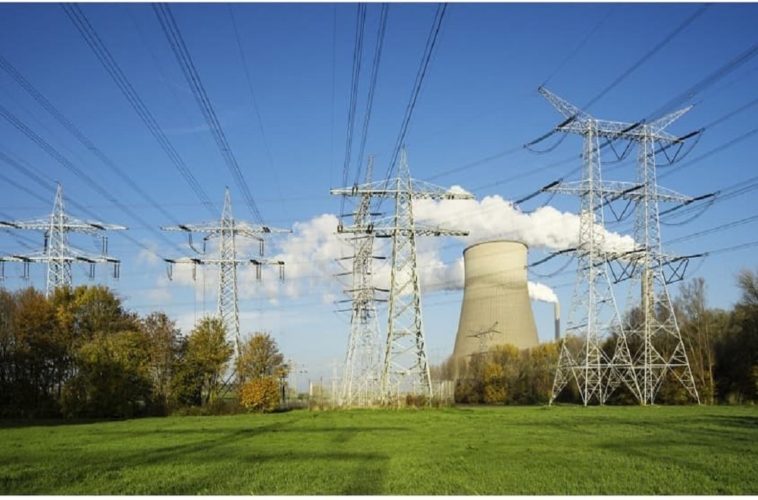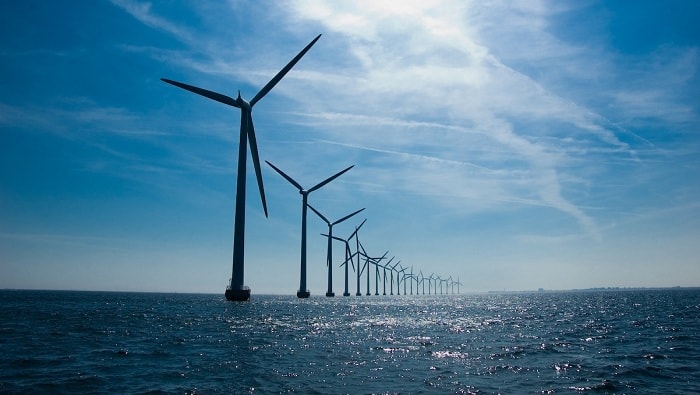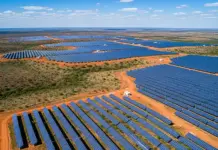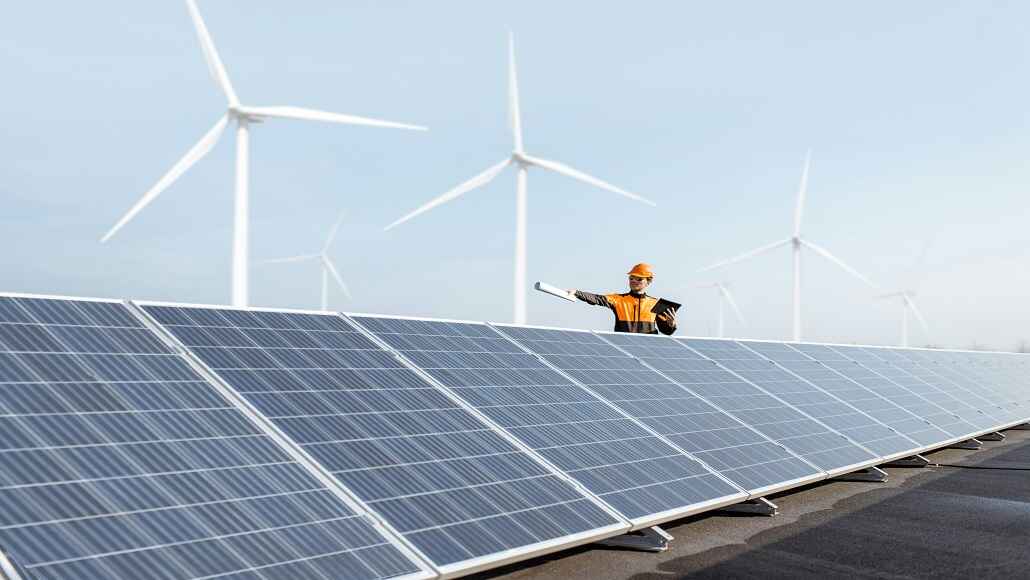Vietnam has officially gone on to issue session 768/QD –TTg, thereby making sure that national power development plan VIII gets amended for the period between 2021 and 2033 and with a vision to 2050.
The amended national power development plan VIII goes on to place decision 500/QD-TTg from May 2023 and goes on to reflect the country’s response when it comes to rapid economic growth as well as rising electricity demand.
The country is looking forward to supplying ample electricity in order to support its yearly average GDP growth of 10%, which is expected between 2026 and the end of the decade, and another 7.5%, which is expected from 2031 and will go on till 2050.
By the end of this decade, the commercial consumption of electricity is anticipated to touch almost 500 to 570 TWH and rise to almost 1375 TWH BY 2050. It is well to be noted that the overall power generation as well as imports are anticipated to be between 560 and 624 TWH by the end of the decade and 1511 TWH by 2050.
According to decision 768, when it comes to 2030, the overall installed capacity is all set to be between 183,291 and 236,363 MW, which is 57% higher than the original 150,489 MW that was targeted under 500.
When it comes to 2050, the capacity is anticipated to be at 838,681 MW, which is almost double the previous estimates. This kind of revised plan goes on to reinforce Vietnam’s strategic shift towards renewable as well as new energy sources that are aligned with its 2050 net zero path.
Major boost for wind power
Onshore and near-wind targets have increased from 21,880 MW in 2030 to between 26,000 and 38,000 MW and from 60,000 to 77,000 MW by 2050 to 84,000 and 91,000 MW.
Offshore wind witnesses a domestic consumption rise to almost 17032 MW by 2030–35, with the target increasing to 139097 MW from 70,000 to 91,500 MW as originally seen.
Interestingly, the OSF’s contribution when it comes to new energy production keeps steady at 15,000 MW by 2035; by 2050, it is expected to be 240,000 MW.
In terms of new energy, capacity allocation in terms of biomass as well as waste energy happens to be specified individually. By 2030, biomass is targeted between 1523 and 2669 MW, and waste is targeted at 1441 and 2137 MW. By 2050, the figures are bound to increase to 4829–6960 MW when it comes to biomass and 1784–2137 MW as far as waste is concerned. By the end of the decade, the plan looks forward to at least 45 MW of geothermal as well as other new energy sources, which can expand to almost 464 MW by 2050. However, all this will depend on elements like land use, availability of materials, infrastructure, and management of the environment, as well as transmission costs.
In addition to this, nuclear energy is also supposed to play a very crucial role, having a projected capacity somewhere between 4000 MW and 6000 MW within the period of 2030 to 2035, thereby increasing between 10500 MW and 14000 MW. This will be obviously based on the various conditions that would be required to be met. LNG power plants that have carbon capture and storage technologies are anticipated to reach a capacity of somewhere between 18870 MW and 22260 MW by 2050. It is well to be noted that the altered national power development plan VIII goes on to introduce floating solar projects that need to be developed on the present hydropower lakes between 2025 and 2030. When it comes to transmission grids, the amended PDP VIII goes on to outline the 550 lab lines and substation development, thereby increasing the capacity by almost 1.5 times as compared to the original national power development plan VIII.






